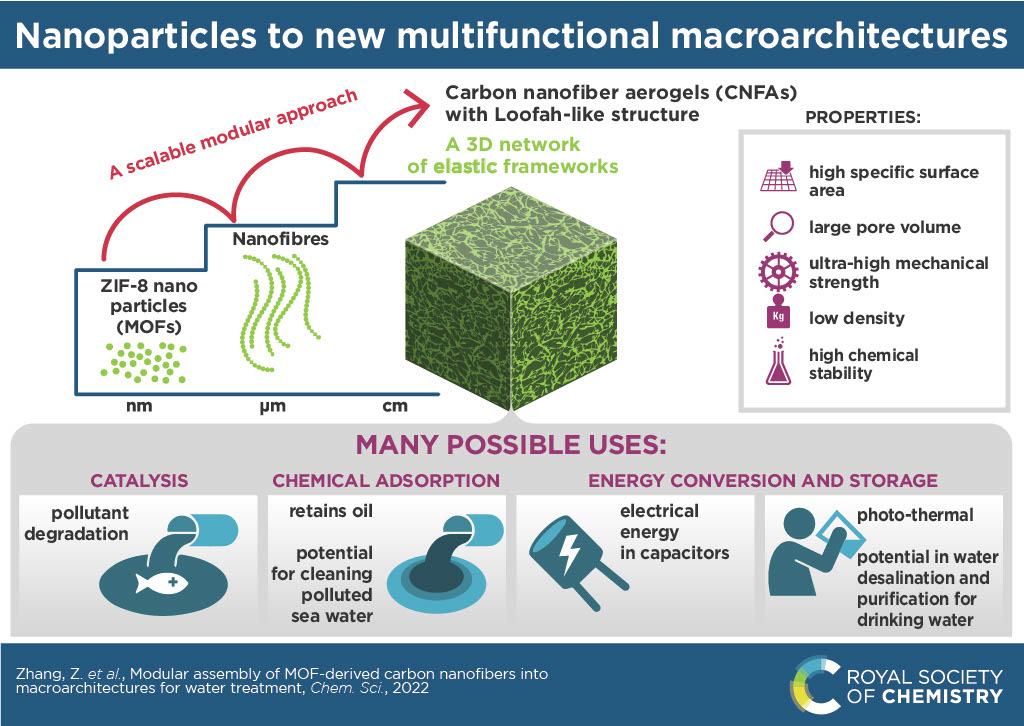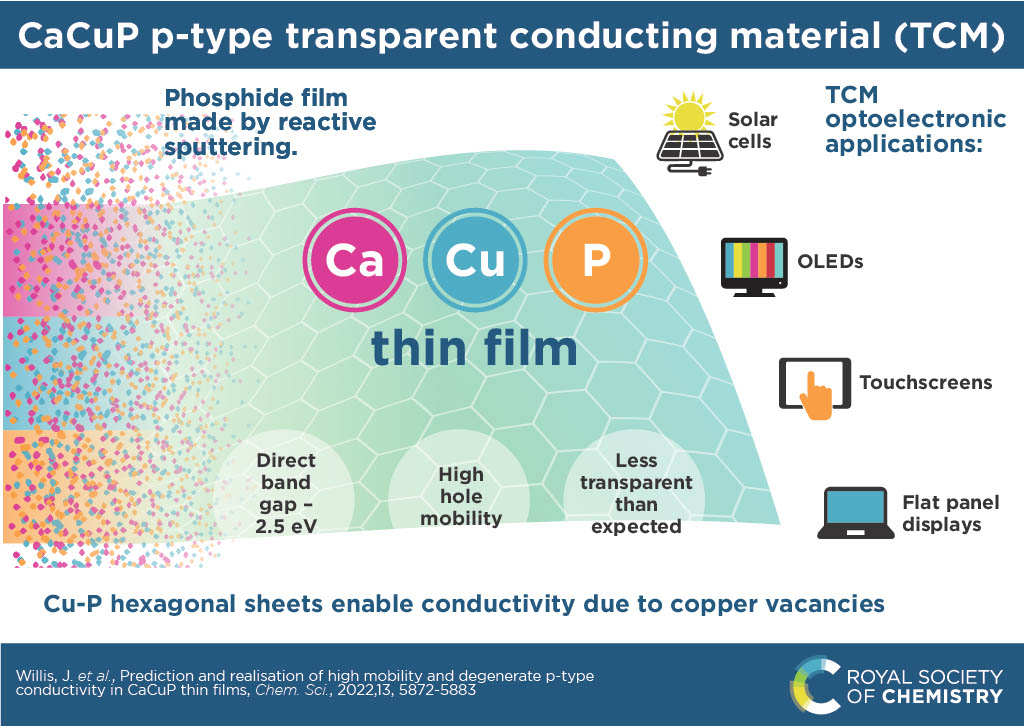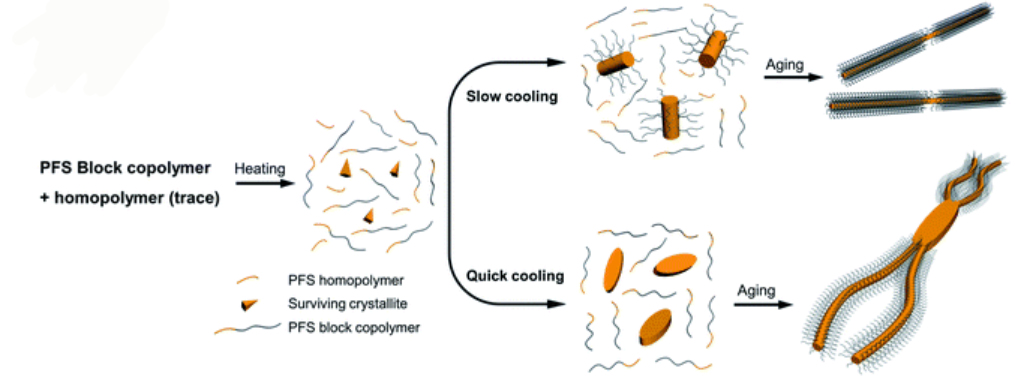We are pleased to share a selection of our referee-recommended HOT articles for February 2023. We hope you enjoy reading these articles, congratulations to all the authors whose articles are featured! As always, Chemical Science is free for authors and readers.
You can explore our full 2023 Chemical Science HOT Article Collection here!
Browse a selection of our February HOT articles below:
Binding of exogenous cyanide reveals new active-site states in [FeFe] hydrogenases
Maria Alessandra Martini, Konstantin Bikbaev, Yunjie Pang, Christian Lorent, Charlotte Wiemann, Nina Breuer, Ingo Zebger, Serena DeBeer, Ingrid Span, Ragnar Bjornsson, James A. Birrell and Patricia Rodríguez-Maciá
Chem. Sci., 2023, Advance Article
Computational evaluation of halogen-bonded cocrystals enables prediction of their mechanochemical interconversion reactions
Lavanya Kumar, Katarina Leko, Vinko Nemec, Damian Trzybiński, Nikola Bregović, Dominik Cinčić and Mihails Arhangelskis
Chem. Sci., 2023, Advance Article
Direct formation of amide/peptide bonds from carboxylic acids: no traditional coupling reagents, 1-pot, and green
Kaitlyn M. Freiberg, Rahul D. Kavthe, Rohan M. Thomas, David M. Fialho, Paris Dee, Matthew Scurria and Bruce H. Lipshutz
Chem. Sci., 2023, Advance Article
Multiscale quantum algorithms for quantum chemistry
Huan Ma, Jie Liu, Honghui Shang, Yi Fan, Zhenyu Li and Jinlong Yang
Chem. Sci., 2023, Advance Article
Bond modulation of MoSe2+x driving combined intercalation and conversion reactions for high-performance K cathodes
Ting Lei, Mingyuan Gu, Hongwei Fu, Jue Wang, Longlu Wang, Jiang Zhou, Huan Liu and Bingan Lu
Chem. Sci., 2023,14, 2528-2536
Improved production of class I lanthipeptides in Escherichia coli
Hyunji Lee, Chunyu Wu, Emily K. Desormeaux, Raymond Sarksian and Wilfred A. van der Donk
Chem. Sci., 2023,14, 2537-2546

Submit to Chemical Science today! Check out our author guidelines for information on our article types or find out more about the advantages of publishing in a Royal Society of Chemistry journal.
Keep up to date with our latest articles, reviews, collections & more by following us on Twitter. You can also keep informed by signing up to our E-Alerts.
















